Deakin Uni HNN222: Mental Health & Mood Stabilizers Presentation
VerifiedAdded on 2022/10/18
|12
|1124
|9
Presentation
AI Summary
This presentation addresses the concerns of a Nurse Unit Manager regarding high readmission rates due to non-adherence to mood stabilizers by clients. The assignment involves developing an educational video aimed at clients in an acute inpatient unit to enhance their understanding of mood stabilizers. The presentation covers the impact of mental illness on patients and their families, emphasizing the need for proper medication and relapse prevention strategies. It discusses the role of mood stabilizers like sodium valproate and lithium in treating mental illnesses such as bipolar disorders, and the importance of patient-based recovery focused care. The recovery model for mental illness is also explained, with the goal of helping patients set new goals and build meaningful relationships. The presentation is supported by references to relevant research, highlighting the significance of pharmacology knowledge and effective communication of health information to clients and their families. The assignment aims to fulfill the unit learning outcomes of identifying the impact of mental illness and demonstrating knowledge of psychopharmacology, relapse prevention and patient/family education.
1 out of 12
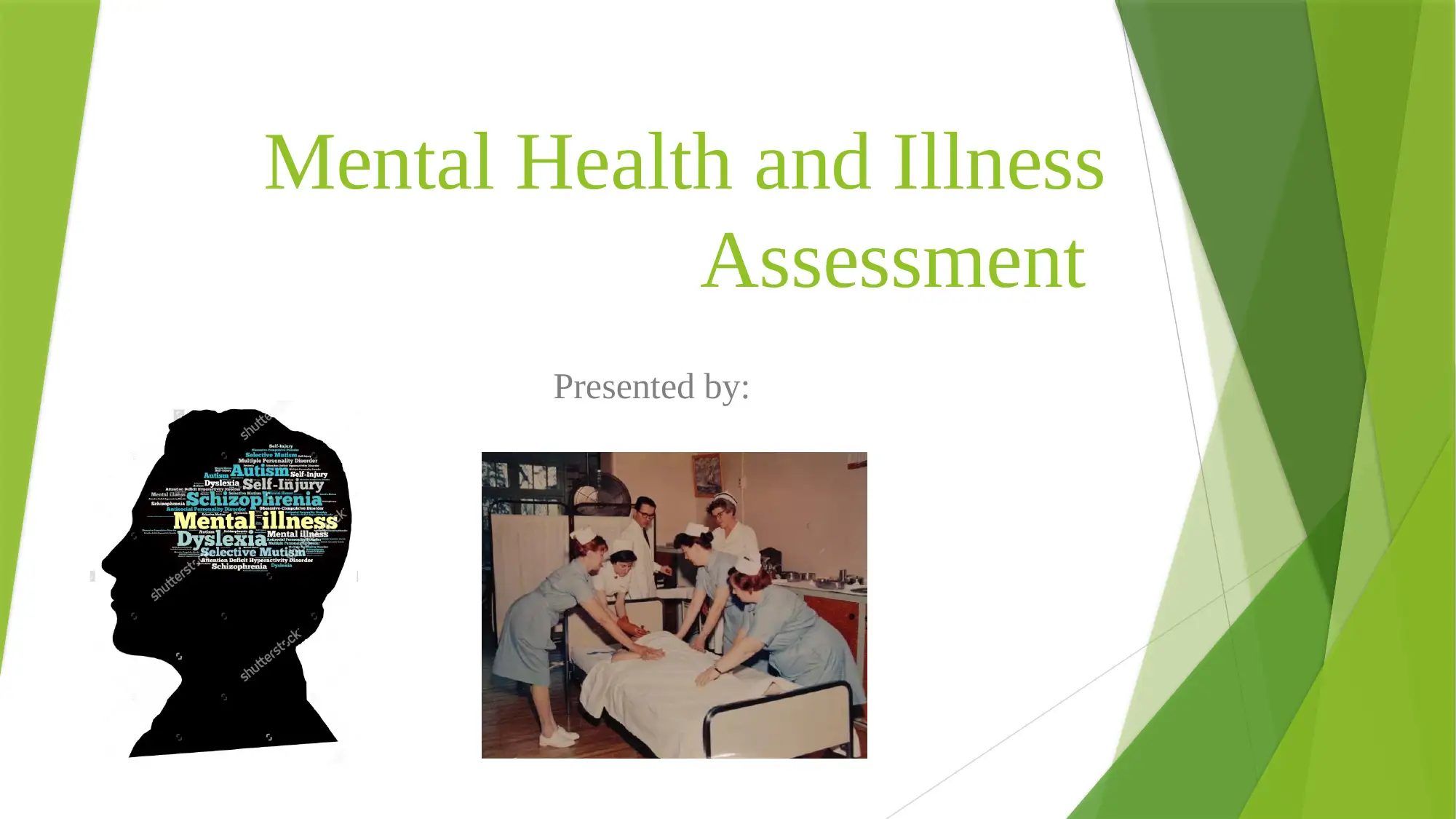
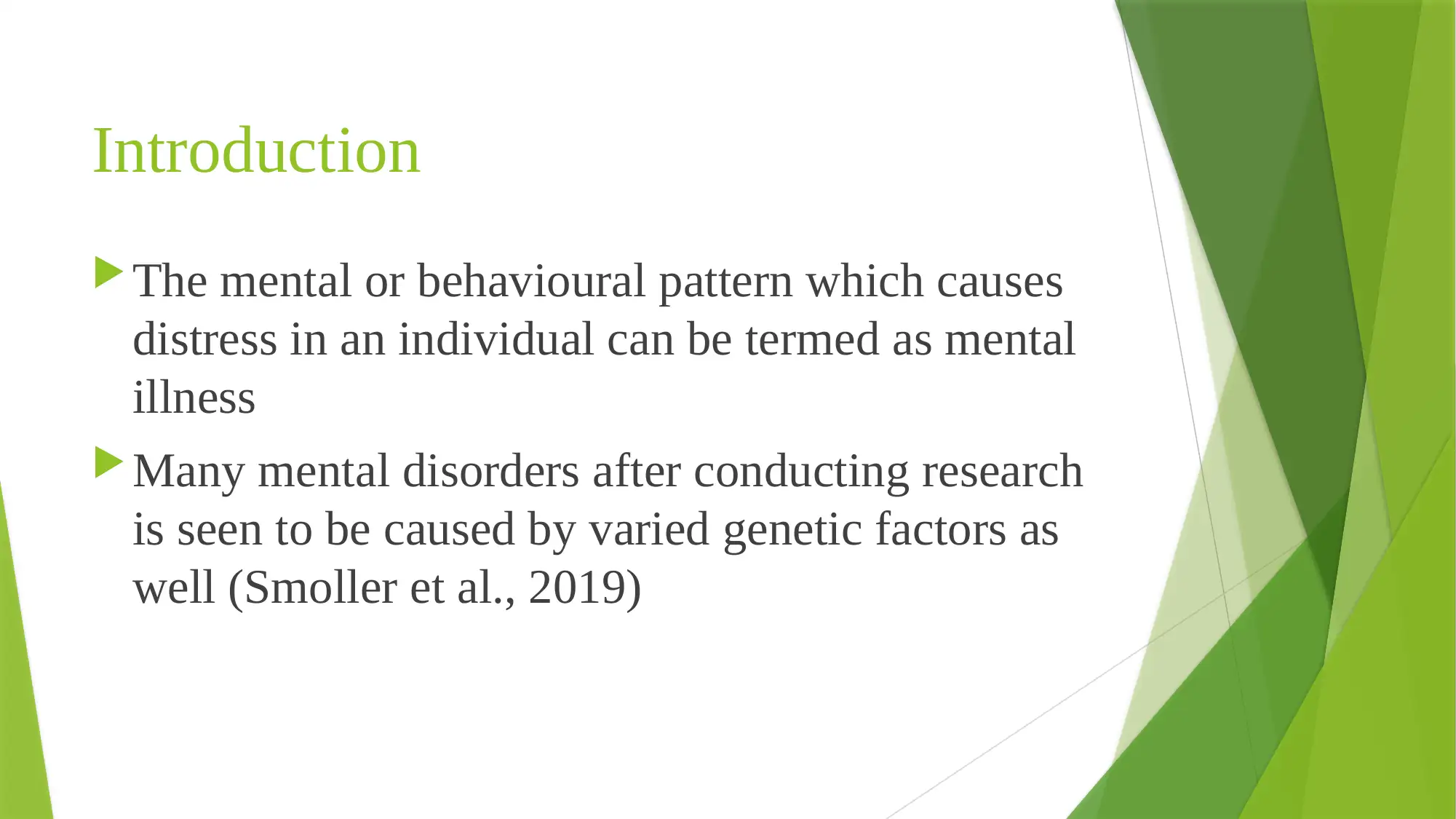
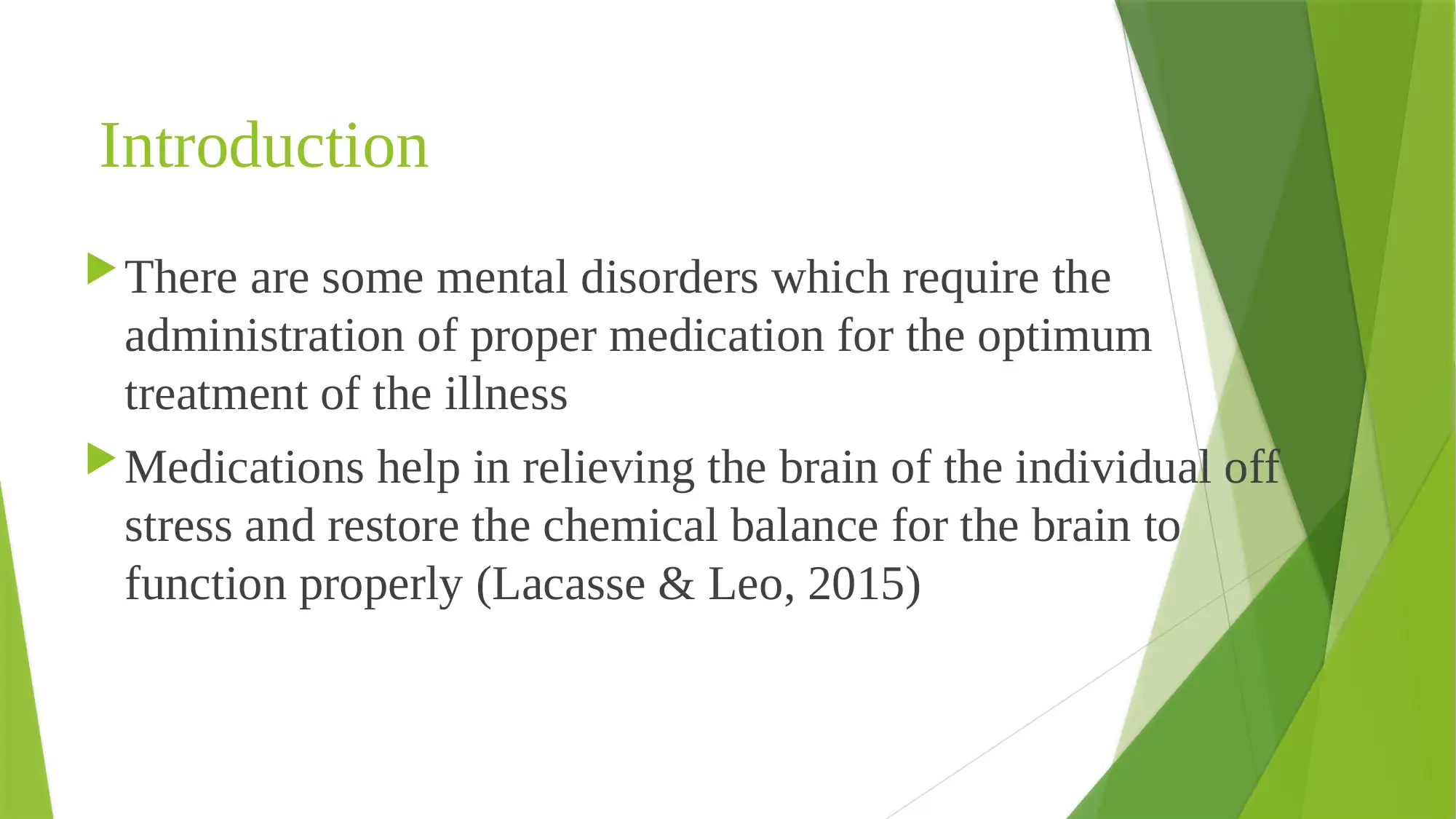

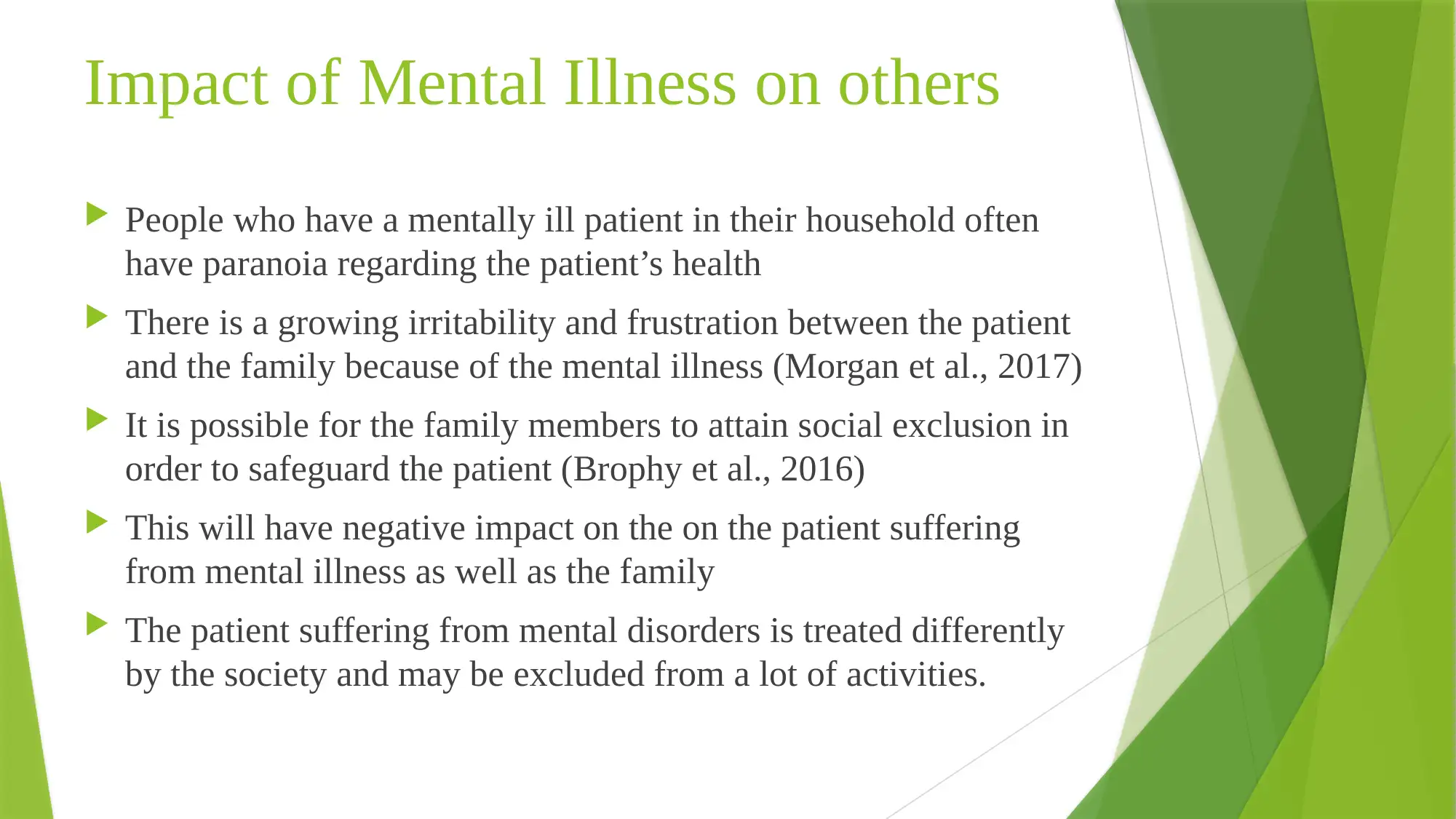
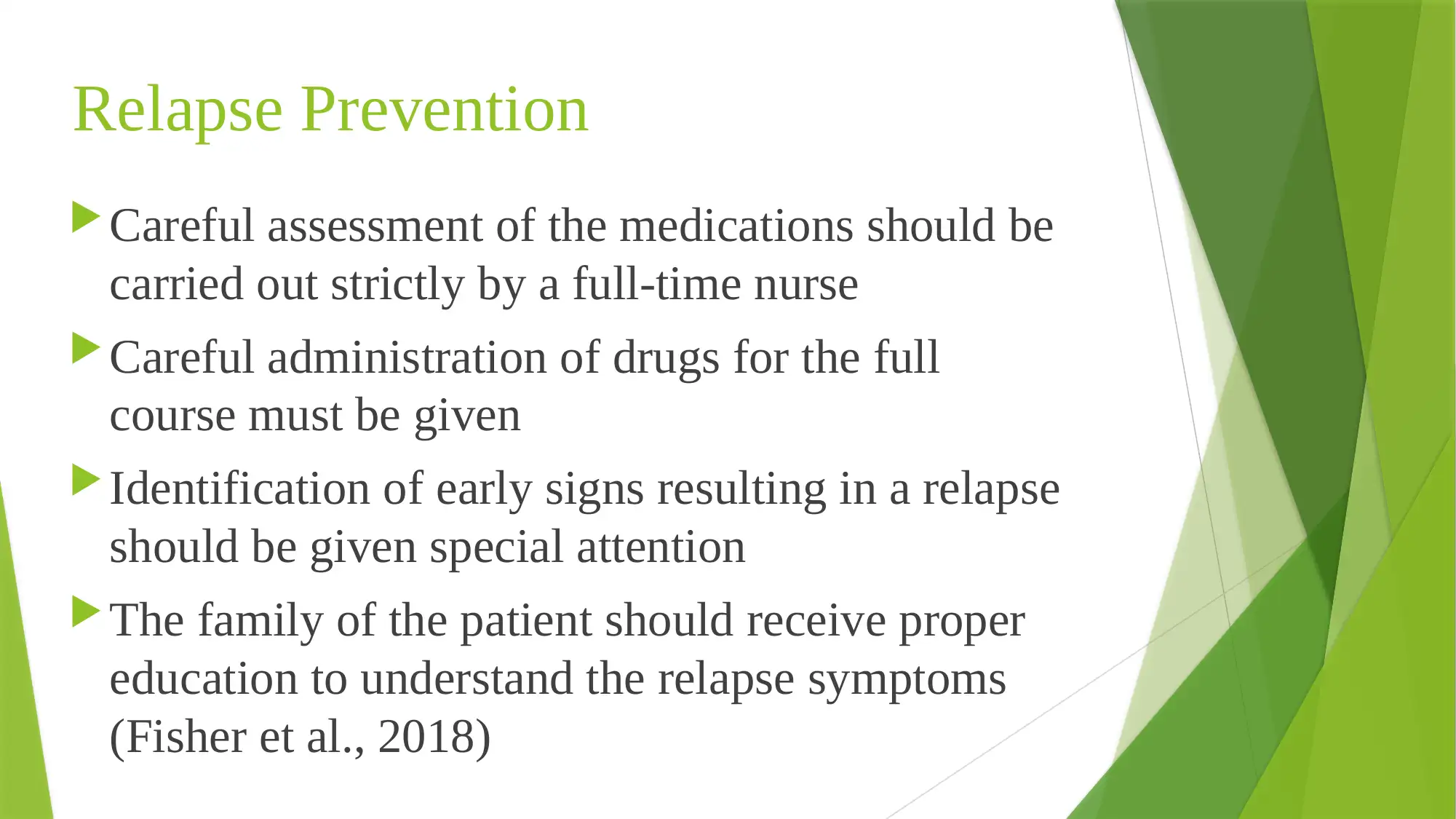
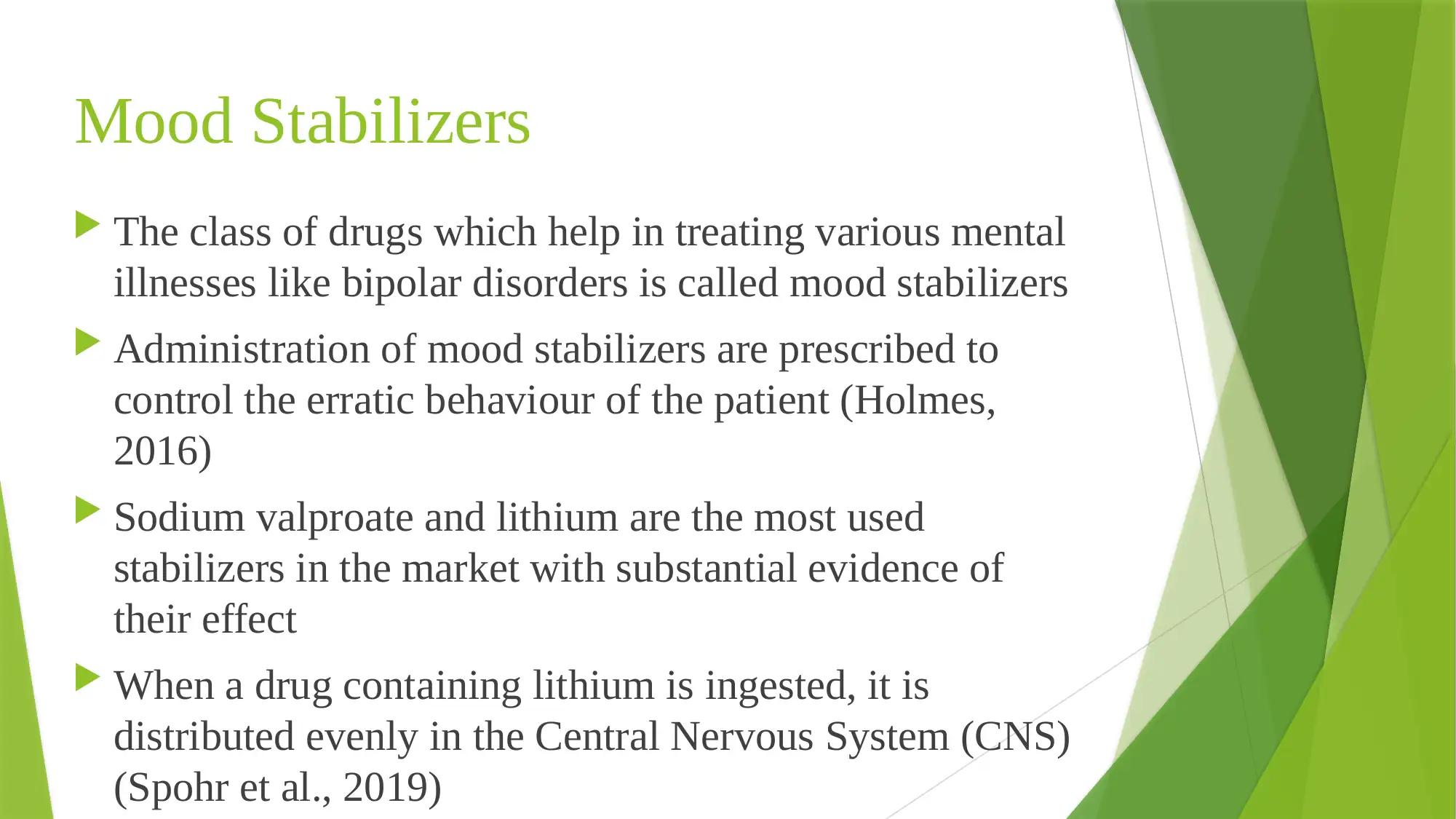
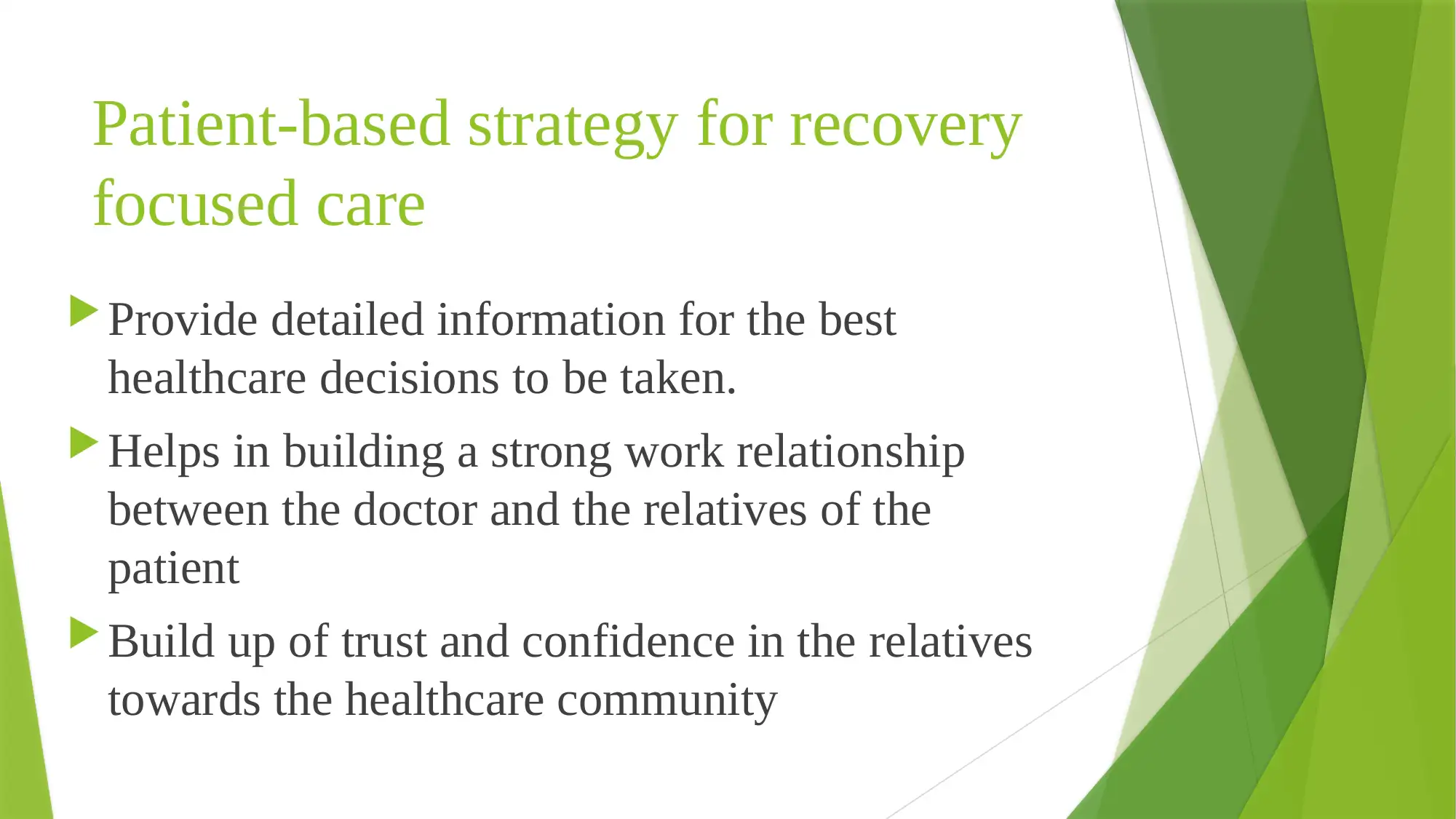
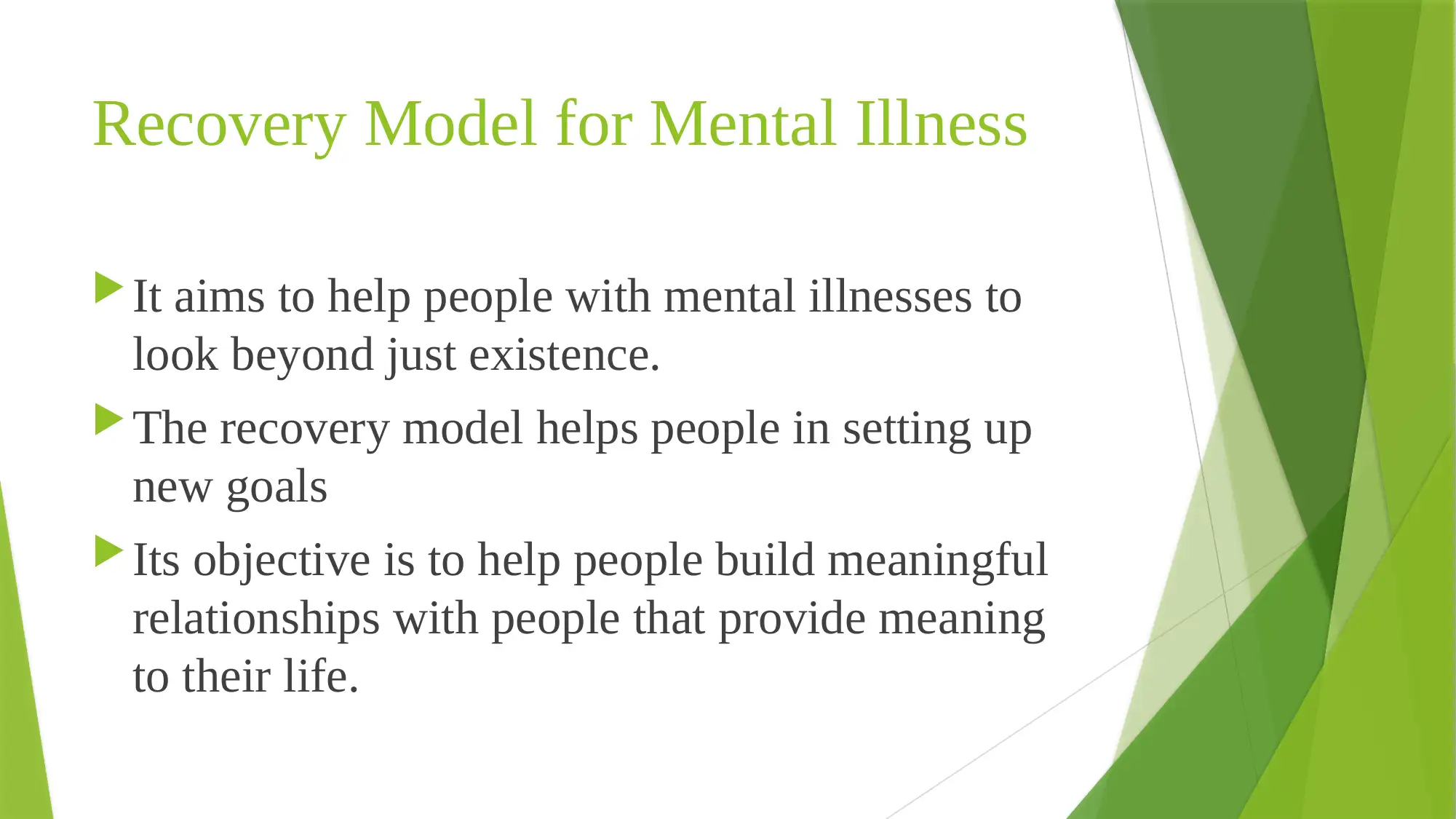
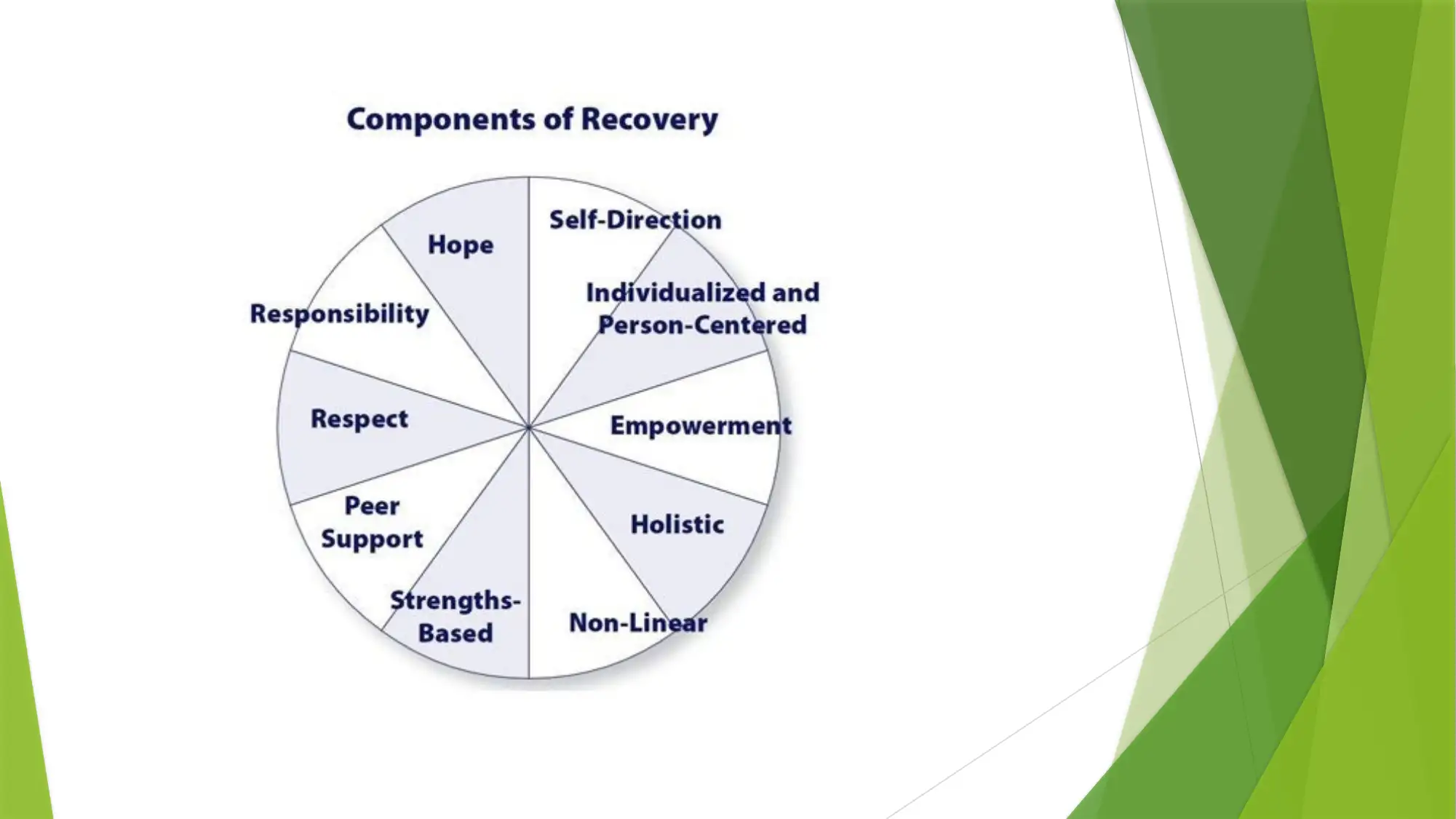
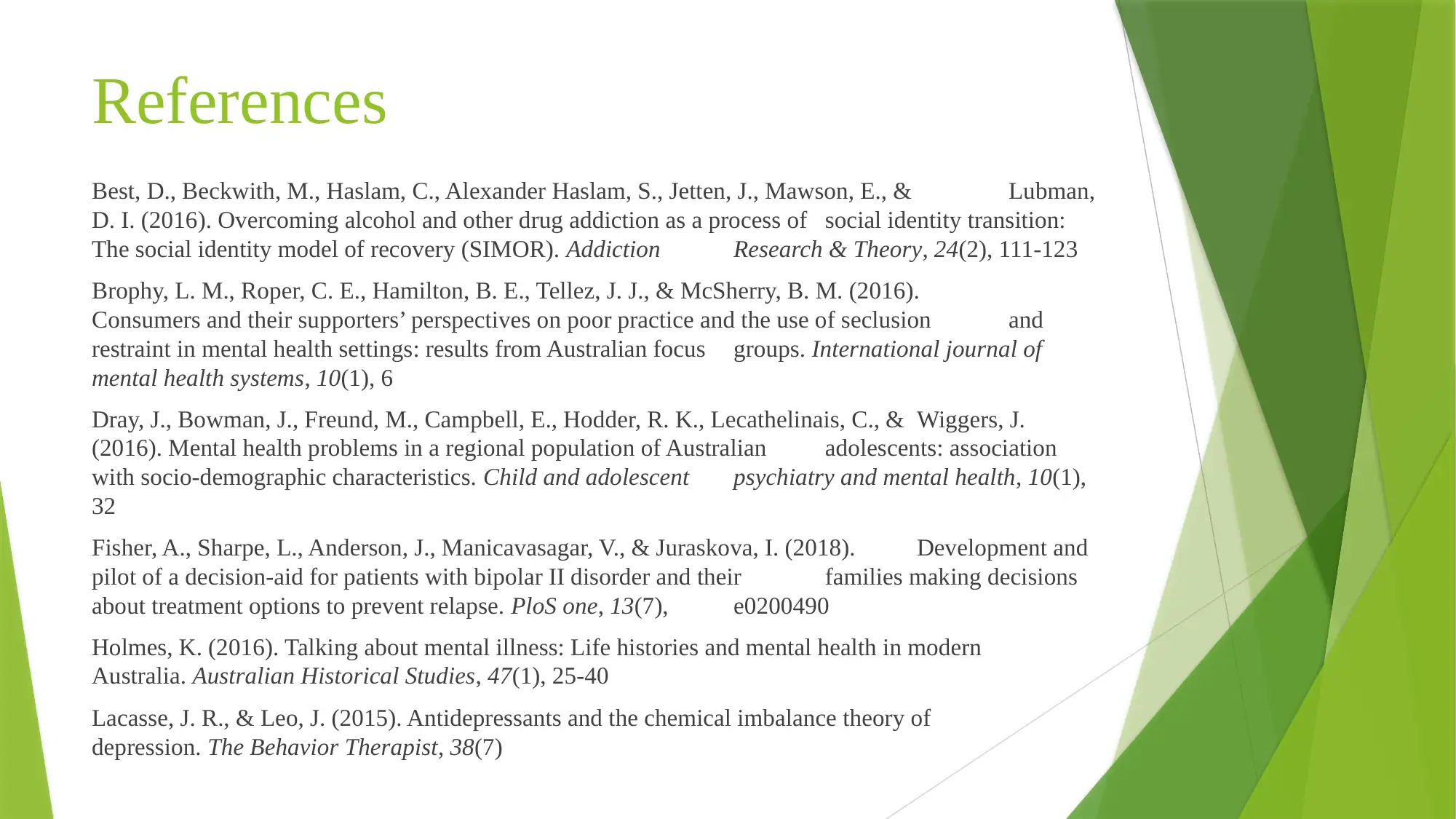
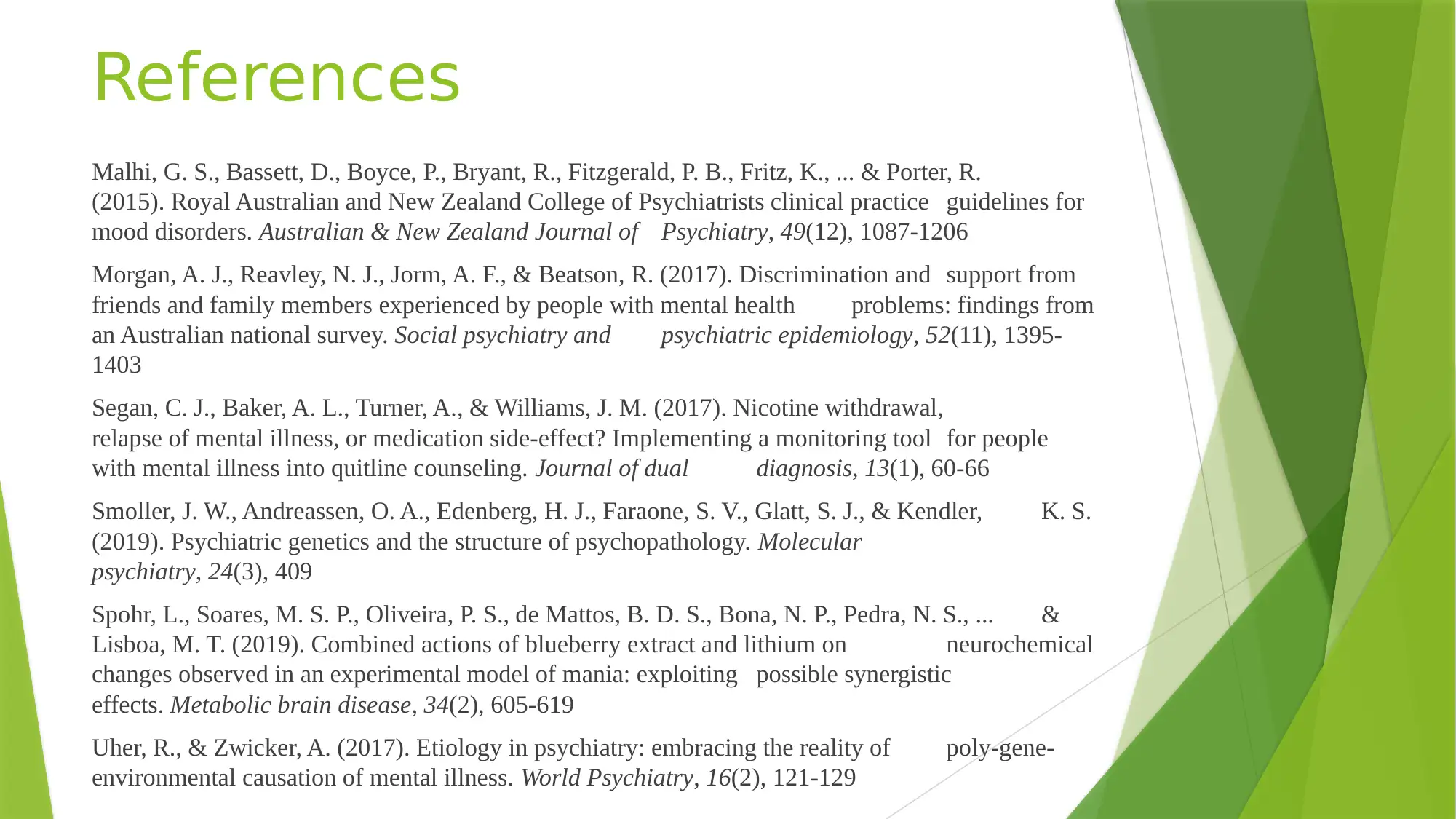







![[object Object]](/_next/static/media/star-bottom.7253800d.svg)